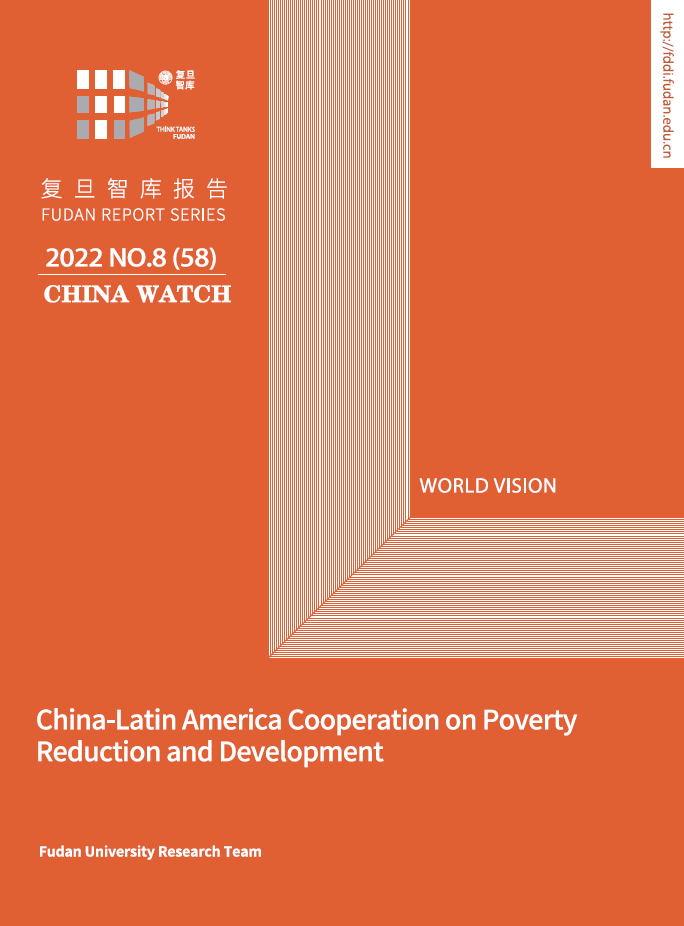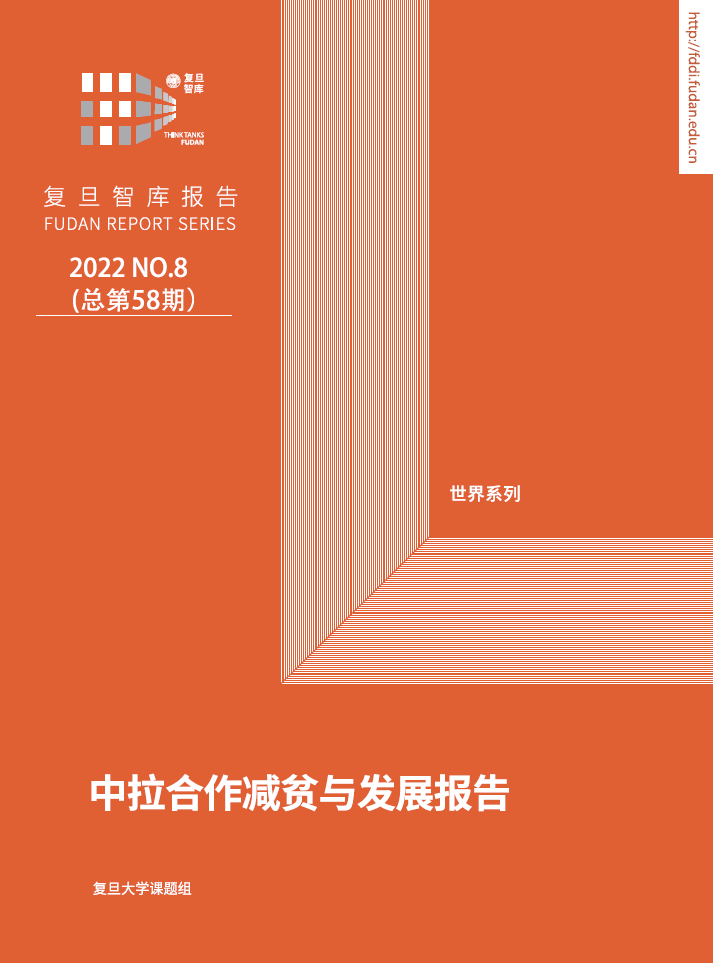


Language
Chinese, English, Spanish
Abstract
Over the past four decades, the world has experienced significant progress in its anti-poverty efforts. China has pulled more than 800 million people out of extreme poverty, accounting for almost 75 percent of the global reduction in the number of people living in extreme poverty. Latin American and Caribbean countries’ progress in poverty reduction mainly happened since the 21st century. In 1999-2019, The extremely poor population in Lain American countries were decreased by 47 million, with the extreme poverty rate dropping from 13.9% to 3.7%. However, The COVID-19 pandemic poses an unprecedented challenge to global efforts to reduce poverty. Latin American countries have been hit hard and a 20-year trend of poverty reduction has been reversed. China and Latin American countries have a historic mission to improve the well-being of people at home and to promote common prosperity in the world.
This report summarizes some important perspectives on poverty reduction, lists the characteristics of poverty reduction policies of China and Latin American countries respectively, compares their poverty reduction dynamics and effectiveness, and provides suggestions for China-Latin America cooperation in poverty eradication in the post COVID-19 era.
Contributors
Research team from the School of International Relations and Public Affairs at Fudan University, led by Professor Yu ZHENG, including Wenjun CHENG, Lu LIU, Yuepeng JI, and Nifta Lau.
Supported by
International Poverty Reduction Center in China (IPRCC)
Idea Lab Program of Fudan-Latin America University Consortium
October 2022
